How to Build an Effective Social Media Calendar for Small Business Success
If you’re running a small business, you probably already know social media is a big deal for getting your brand out there and connecting with your customers.
But let’s be real—keeping up with regular posts, creative content, and consistent branding can feel like you’re juggling flaming swords.
That’s where a social media calendar comes in to save the day. It’s your secret weapon for planning, organizing, and staying consistent, turning what feels like chaos into a smooth routine.
Let’s break down how to build a social media calendar that’ll make your life easier and your business thrive.
Why You Need a Social Media Calendar
A good social media calendar isn’t just about being organized—it’s about being strategic and saving yourself a ton of headaches.
Here’s why it matters:
Consistency: The name of the game is showing up. A calendar makes sure you post regularly, which helps build trust with your audience.
Time Management: No more scrambling for last-minute ideas. A calendar lets you plan in advance, so you have more time for, you know, actually running your business.
Content Variety: Planning ahead makes it easier to mix things up—think informative posts, promotions, user-generated content, and fun questions. Keep your audience guessing (in a good way).
Strategic Approach: A calendar lets you align your social posts with broader marketing goals, events, or seasonal themes, making your content pack a bigger punch.
Step-by-Step Guide to Creating Your Social Media Calendar
1. Set Clear Goals
First things first—figure out what you want to get out of social media. Do you want to boost brand awareness? Increase engagement? Drive traffic to your website? Convert followers into customers? Clear goals will shape your content strategy and keep you focused on the bigger picture.
2. Identify Your Audience
You’ve got to know who you’re talking to. Who’s your ideal customer? What are their interests, challenges, and habits? The more you know your audience, the better you can create content that hits home and gets them to engage with your brand.
3. Choose Your Platforms
Not all social media platforms are created equal. Think about where your audience hangs out. If your business is all about visuals, Instagram might be your jam. If you're B2B, LinkedIn could be the better choice. Focus on the platforms that make the most sense for your goals and audience.
4. Create Content Themes
Themes are your best friend when it comes to planning. You could do motivational tips on Mondays, behind-the-scenes on Wednesdays, and customer shout-outs on Fridays. Themes help keep your content organized and your feed interesting. Plus, it makes planning a breeze.
5. Plan Around Key Dates and Events
Mark those calendars! Holidays, local events, product launches, and special promotions should all be part of your social plan. When you post timely content, you’re more likely to engage your audience because it's relevant to what’s happening in their world.
6. Use a Scheduling Tool
Trust me, you don’t want to be manually posting every single day. Use tools like Buffer, Hootsuite, or Planable to schedule your posts in advance. This keeps your feed consistent and gives you more time to focus on other parts of your business. Plus, most of these tools have analytics to show you what’s working (and what’s not).
7. Create Content in Batches
Batching is a life-saver. Instead of making one post at a time, set aside a chunk of time each week to create a batch of posts—write captions, design graphics, shoot photos. Batching helps you stay ahead of the game and makes sure your posts have a consistent look and feel.
8. Evaluate and Adjust
Your social media calendar isn’t set in stone. It’s a living, breathing document that should evolve based on what works and what doesn’t. Dive into your analytics to see what kind of posts are resonating with your audience. Use that data to tweak and improve as you go.
A Simple Template to Get You Started
You don’t need anything fancy to get started—just a spreadsheet or a tool like Trello or Google Calendar will do. Here’s a simple format you can use:
Date: When will the post go live?
Platform: Where are you posting (Instagram, Facebook, LinkedIn, etc.)?
Content Type: What kind of post is it (image, video, article, poll)?
Caption: The text that accompanies your post.
Visuals: Any images or videos you’ll be using.
Goal: What’s the purpose of this post (engagement, traffic, conversions)?
Final Thoughts
Building an effective social media calendar might take some time upfront, but it’s totally worth it. You’ll end up with consistent, engaging content and a lot less stress. The more organized you are, the more strategic you can be—and the better results you’ll see. Start small, be consistent, and learn what clicks with your audience.
So, are you ready to level up your social media game? Get planning, and watch your small business crush it online.

